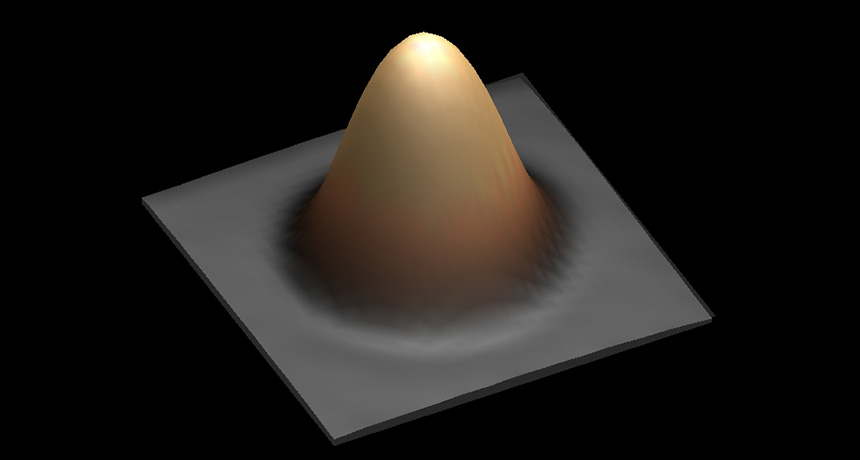Single-atom magnets store bits of data
Holmium-based technology could lead to smaller hard drives

ATOMIC BIT Scientists stored data using individual atoms of holmium (shown above). Each 0 or 1 is encoded using the orientation of the atom’s magnetic field.
IBM







